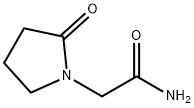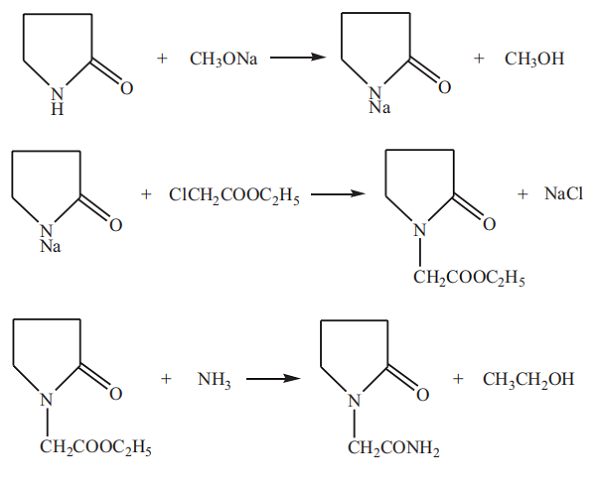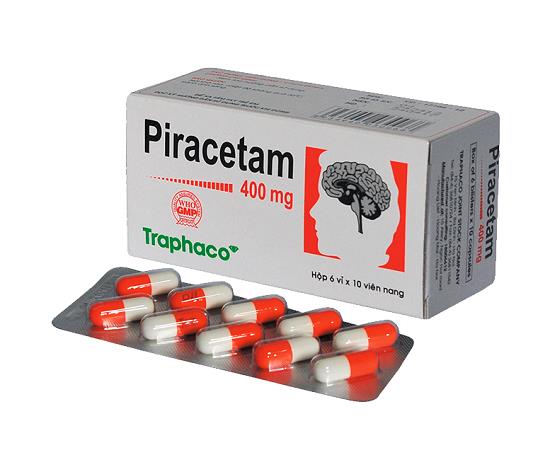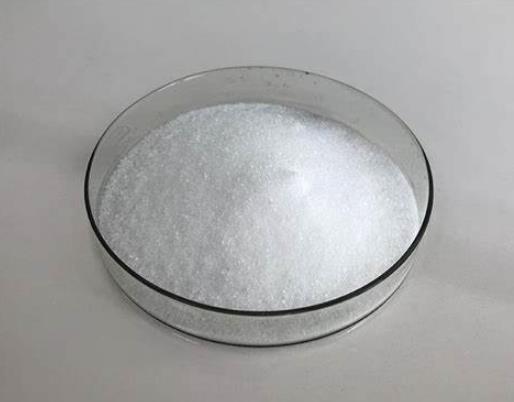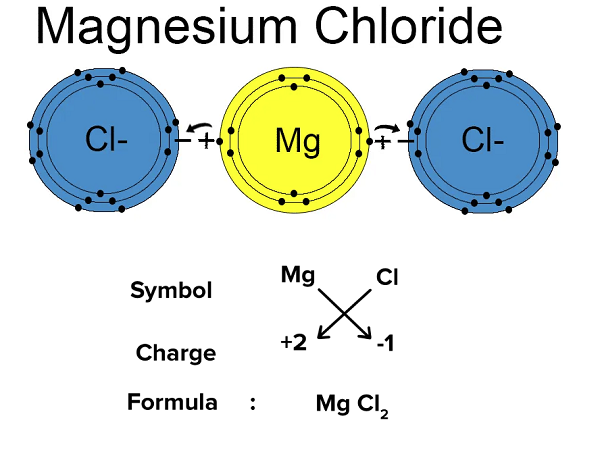Piracetam: Pharmacological Effects and Pharmacokinetics
General Description
Piracetam, a nootropic drug, exerts significant neuronal and vascular effects. In terms of neuronal effects, it influences neurotransmitter systems such as cholinergic, serotoninergic, noradrenergic, and glutamatergic systems. It increases acetylcholine levels, enhances receptor function, and promotes neuroplasticity, making it potentially beneficial for cognitive disorders and age-related cognitive decline. It also exhibits neuroprotective properties and anticonvulsant effects. Vascularly, piracetam affects erythrocytes, blood vessels, blood coagulation, and microcirculation. It reduces erythrocyte adhesion, stimulates vasodilation, inhibits platelet aggregation, and decreases plasma levels of fibrinogen and von Willebrand factor. These vascular effects contribute to improved circulation and are relevant in conditions like sickle cell anemia. Pharmacokinetically, piracetam is rapidly absorbed orally, has close to 100% bioavailability, and is excreted unchanged in urine. It crosses the blood-brain barrier and distributes to all tissues except adipose tissue. Its longer half-life in cerebrospinal fluid suggests potential systemic and central nervous system effects. Overall, these findings support the therapeutic potential of piracetam in neurological and vascular conditions.
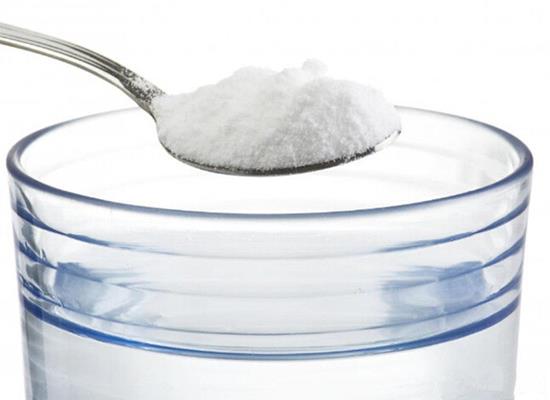
Figure 1. Piracetam
Pharmacological effects
Neuronal effects
Piracetam, a nootropic drug, exerts significant neuronal effects by influencing various neurotransmitter systems without directly binding to receptors. It impacts cholinergic, serotoninergic, noradrenergic, and glutamatergic systems, potentially by increasing postsynaptic receptor numbers or enhancing receptor function. Notably, in the cholinergic system, piracetam boosts acetylcholine levels and muscarinic receptor populations, suggesting benefits for cognitive disorders and age-related cognitive decline. In the glutamatergic system, it elevates NMDA receptor density and normalizes receptor affinity, indicating a role in restoring receptor function. Additionally, piracetam demonstrates neuroprotective properties by reducing neuronal damage in scenarios like barbiturate overdose, alcohol-induced changes, and ischemic damage. Moreover, it enhances neuroplasticity by promoting synaptic connections and has proven anticonvulsant effects, reducing seizure severity and enhancing the efficacy of other anticonvulsant medications in animal models. These diverse effects underscore piracetam's potential therapeutic utility in neurological conditions. 1
Vascular effects
Piracetam exhibits significant vascular effects, including impacts on erythrocytes, blood vessels, blood coagulation, and microcirculation. Studies indicate that piracetam reduces adhesion of erythrocytes to the endothelial wall, facilitating their movement through circulation. It also affects blood vessels by decreasing the time for vessels to return to normal diameter after induced arteriolar spasm and stimulating prostacyclin synthesis, which aids in vasodilation and inhibits platelet aggregation. Moreover, piracetam influences blood coagulation by reducing plasma levels of fibrinogen and von Willebrand factor, crucial for hemostasis. Enhanced microcirculation, observed in cerebral blood flow in cats and humans with acute cerebral ischemia, as well as increased renal blood flow in damaged kidneys and cochlear blood flow in guinea pigs following piracetam treatment, likely stems from its multifaceted vascular effects. These findings underscore the importance of piracetam's vascular actions in various clinical applications, particularly in conditions like sickle cell anemia. 1
Pharmacokinetics
Piracetam demonstrates rapid absorption, with peak plasma concentrations reached around 30 minutes following oral administration. After a single oral dose of 3.2 g, the typical peak concentration is approximately 84 ìg/mL, and the drug shows close to 100% bioavailability in oral formulations. Notably, piracetam is excreted unchanged in the urine via glomerular filtration, as no metabolites have been identified to date. While food intake does not alter the extent of absorption, it does decrease the maximum plasma concentration by 17% and prolongs the time to reach peak concentration (t max) to around 1.5 hours. Piracetam is capable of crossing both the blood-brain barrier and placental barriers, distributing to all tissues except adipose tissue. Its uptake into the brain occurs at a slower pace compared to circulation, and it exhibits a longer half-life in cerebrospinal fluid (approximately 8 hours) than in plasma (about 5 hours). These pharmacokinetic properties suggest that piracetam has the potential to exert systemic and central nervous system effects, making it a promising candidate for various clinical applications. 2,3
Reference
1. Winblad B. Piracetam: a review of pharmacological properties and clinical uses. CNS Drug Rev. 2005;11(2):169-182.
2. Gobert JG. Genèse d’un médicament: le piracetam. Métabolisation et recherche biochimique. [Genesis of the drug piracetam. Metabolism and biochemical research]. J Pharm Belg. 1972;27:281–304.
3. Gobert JG, Baltes EL. Availability and plasma clearance of piracetam in man. Farmaco. 1977;3:84–91.
You may like
Related articles And Qustion
See also
Lastest Price from Piracetam manufacturers

US $5.00-0.50/KG2025-05-07
- CAS:
- 7491-74-9
- Min. Order:
- 1KG
- Purity:
- 99% hplc
- Supply Ability:
- 500TONS

US $5.00-0.50/KG2025-05-07
- CAS:
- 7491-74-9
- Min. Order:
- 1KG
- Purity:
- 99% hplc
- Supply Ability:
- 500TONS
